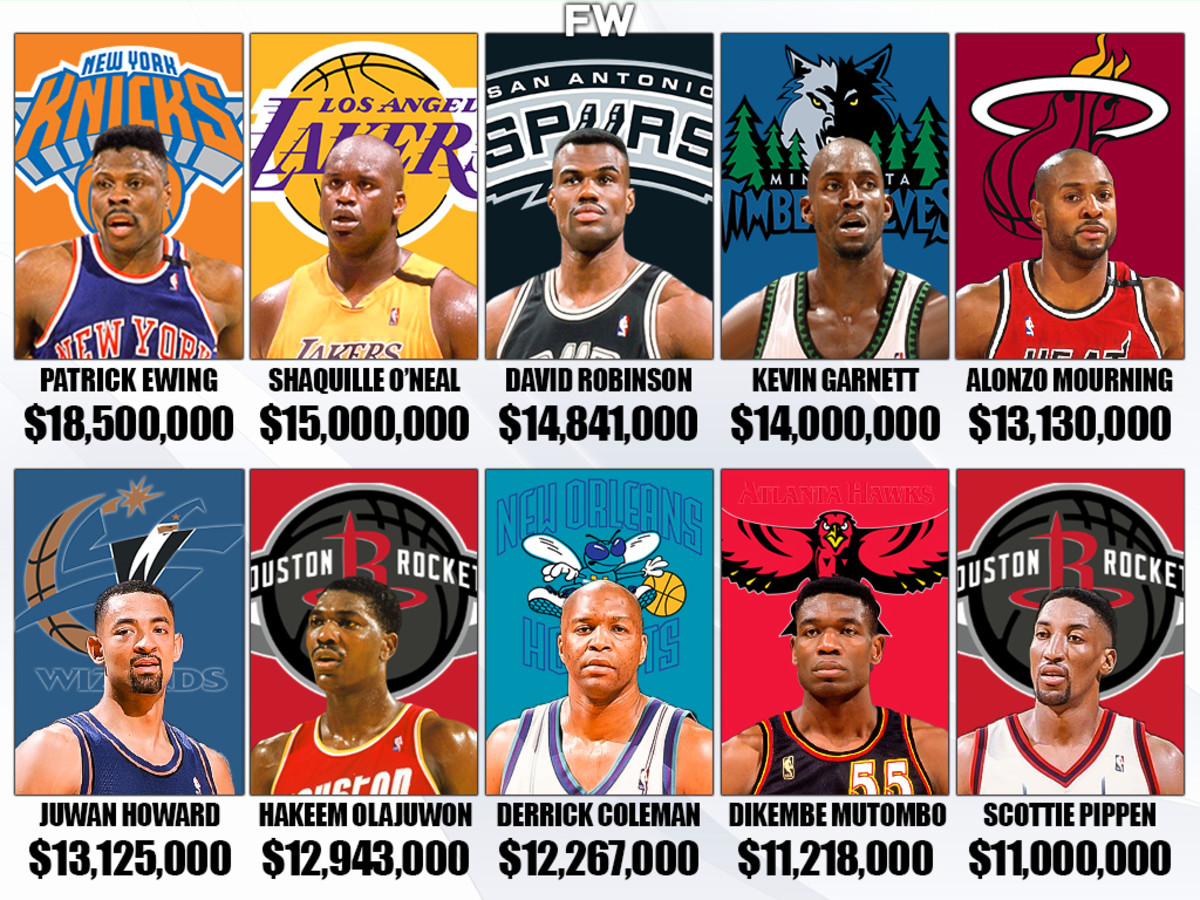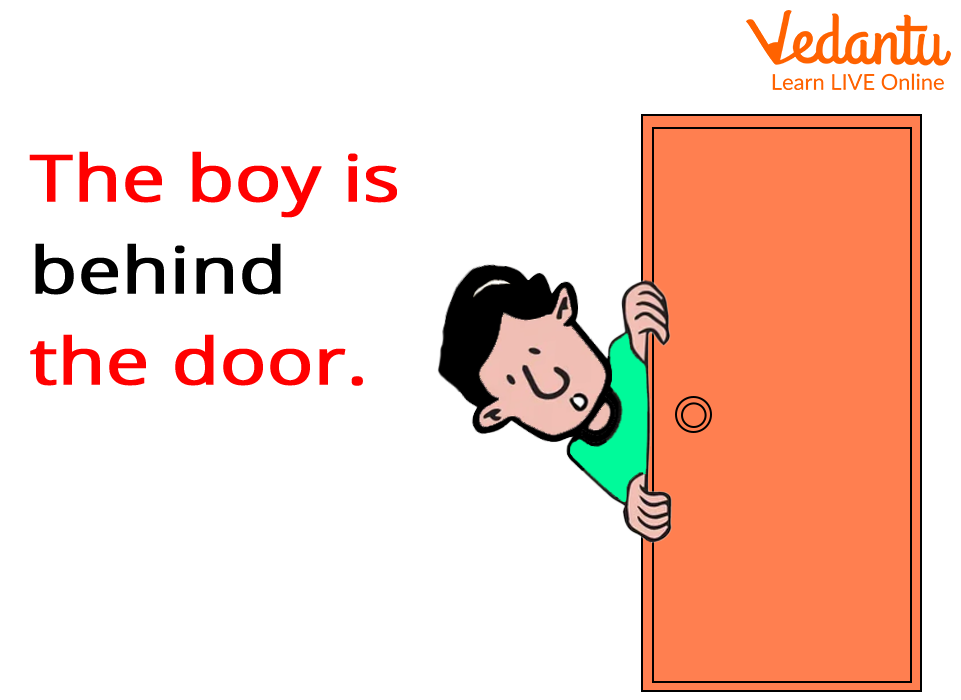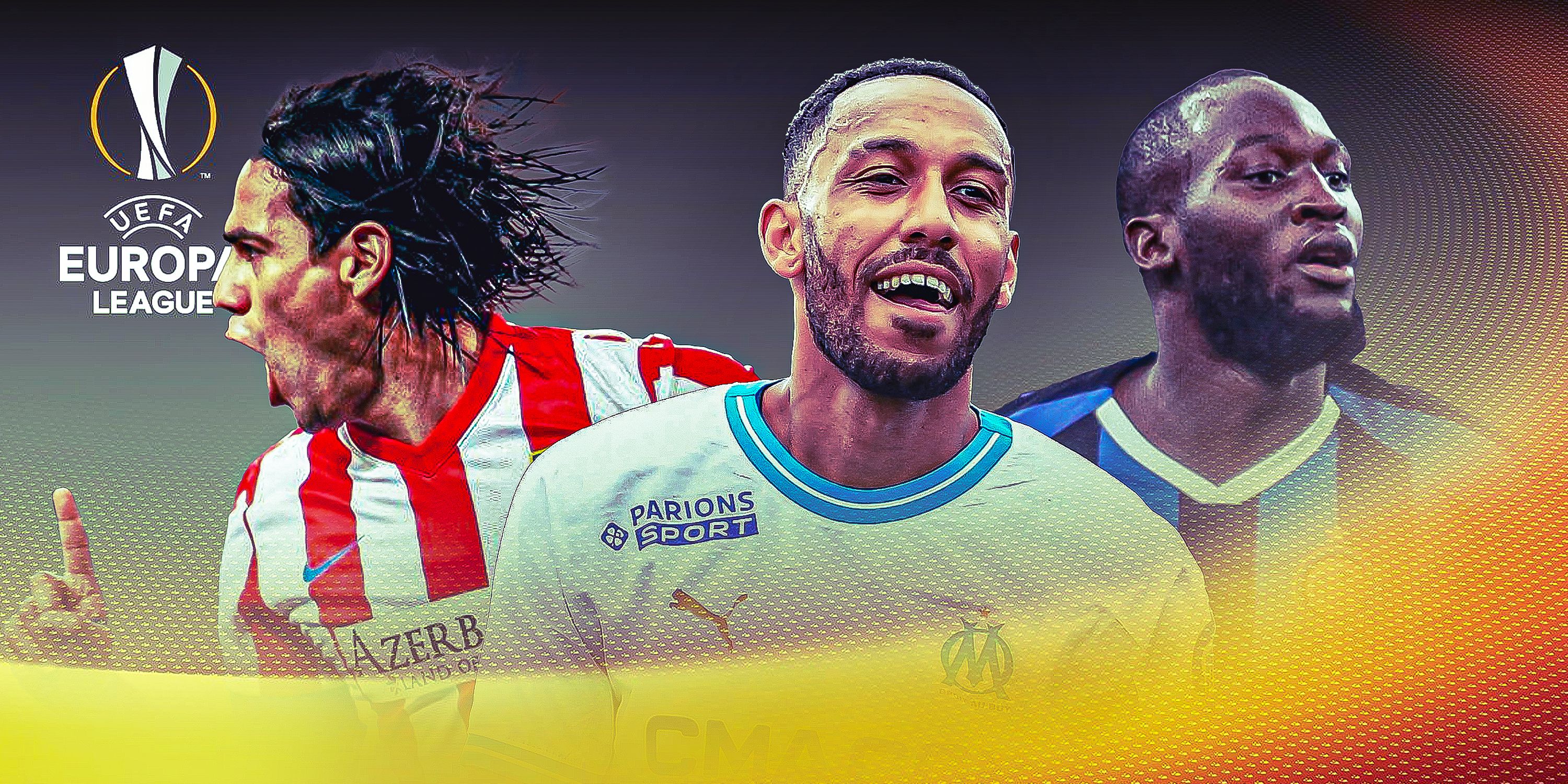
The Astronomical Price Tag: Decoding Football’s Most Expensive Players This Season
In the glittering theatre of modern football, where passion meets commerce, one aspect consistently captures headlines and sparks fervent debate: the ever-escalating price of its most coveted stars. Every transfer window seems to shatter previous records, with astronomical sums exchanged for players whose talent, potential, and commercial appeal are deemed worth every penny by their new custodians. This season, no less than any other, has seen a fresh crop of players command staggering fees, reshaping squads, igniting title races, and further cementing football’s status as a multi-billion-dollar industry.
To understand what constitutes the "most expensive player" this season, one must look beyond just the headline transfer fee. It’s a complex tapestry woven from base transfer costs, performance-related add-ons, agent commissions, and the colossal wages and signing bonuses that underpin a player’s true economic value to a club. This article delves into the forces driving these stratospheric valuations, spotlights the key players who have commanded the highest prices in the current campaign, and explores the profound implications of this financial frontier for the beautiful game.
The Forces Behind the Fees: Why Players Are So Priceless
The journey of a player’s valuation from a few hundred thousand to hundreds of millions is a testament to a confluence of economic, commercial, and sporting factors.
1. The Global Commercial Juggernaut:
Football today is a truly global phenomenon. Billions tune into major leagues and tournaments, generating unprecedented revenue from television rights, sponsorships, merchandise sales, and digital content. Elite clubs are no longer just sporting entities; they are global brands, akin to tech giants or luxury fashion houses. This vast financial ecosystem means clubs have more money to spend, and they are willing to invest heavily in players who can not only deliver on the pitch but also enhance their brand, expand their fan base, and open up new commercial avenues, particularly in lucrative Asian and American markets.
2. Scarcity of Elite Talent:
While youth academies worldwide churn out thousands of aspiring professionals, truly generational talents – those capable of consistently influencing elite-level matches – remain incredibly rare. When such a player emerges, multiple financially powerful clubs inevitably enter a bidding war, driving up the price exponentially. The supply of world-class, ready-made talent simply cannot keep pace with the demand from top clubs aiming for domestic and European supremacy.
3. Inflation and Financial Fair Play (FFP) Dynamics:
Like any market, football experiences inflation. Transfer fees that seemed astronomical a decade ago are now commonplace. Furthermore, paradoxically, FFP regulations can sometimes contribute to higher fees. Clubs with healthy balance sheets and strong revenue streams might feel compelled to spend big to maintain competitiveness, knowing that if they don’t, rivals will, potentially leaving them behind. The pressure to qualify for lucrative competitions like the Champions League also incentivizes spending.
4. The Agent’s Influence:
Modern football agents are highly sophisticated negotiators, often with extensive networks and a deep understanding of market dynamics. They play a crucial role in orchestrating transfers, and their fees, often a percentage of the player’s salary or transfer fee, add another layer to the overall cost. Agents are incentivized to secure the best possible deal for their clients, which often translates into higher transfer fees and wages.
5. Contract Length and Strategic Importance:
A player with a long-term contract at their current club will command a significantly higher fee because their club holds strong negotiating power. Conversely, a player nearing the end of their contract might be available for less, but their market value earlier in their contract would have been much higher. Clubs also pay a premium for players who fill a specific, critical tactical void, or those who are seen as the final piece of a championship-winning puzzle.
6. Saudi Pro League’s Emergence:
The recent influx of significant investment from Saudi Arabia’s Public Investment Fund (PIF) into its domestic league has had a disruptive effect on the global transfer market. While many of their high-profile signings have been older, established stars, their willingness to pay exorbitant transfer fees and unparalleled wages has created an alternative, highly lucrative destination for players, thereby driving up prices and wage demands even in Europe’s top leagues.
The Pantheon of Pricey Talent: Who Defined This Season’s Market?
The 2023-2024 season saw several monumental transfers, each reflecting the underlying market forces. While the term "most expensive" often refers to a singular record-breaker, it’s more accurate to discuss the collective of players who commanded the highest fees and, by extension, represent the pinnacle of footballing value this season.
Jude Bellingham (Borussia Dortmund to Real Madrid):
Perhaps the quintessential "most expensive player" of this season, Jude Bellingham’s €103 million (plus significant add-ons) move to Real Madrid was not just about a high transfer fee; it was an investment in a generational talent. At just 20 years old, Bellingham arrived at the Santiago Bernabéu with a maturity and footballing intelligence far beyond his years. His ability to dominate the midfield, contribute goals, and provide leadership instantly transformed Real Madrid’s dynamics. His value wasn’t just in his immediate output but in his projected decade-long elite performance. He represents the ideal modern midfielder: technically gifted, physically dominant, tactically astute, and mentally robust. His immediate success – scoring prolifically and becoming the focal point of Real Madrid – has already validated his colossal price tag, cementing his status as one of the game’s most valuable assets.
Moises Caicedo (Brighton & Hove Albion to Chelsea):
Chelsea’s pursuit of Moises Caicedo was one of the most protracted and financially intense sagas of the summer. Eventually securing his services for a British record fee of £115 million (approximately €133 million), Chelsea demonstrated their unwavering commitment to acquiring a specific profile of midfielder. Caicedo, a dynamic and tenacious defensive midfielder, was seen as the vital cog to anchor Chelsea’s new-look midfield. His price reflected not just his talent but also Brighton’s strong negotiating position, his long-term contract, and the desperate need of a top Premier League club to fill a crucial position. While his initial impact wasn’t as immediate as Bellingham’s, his transfer underscored the premium placed on combative, ball-winning midfielders in the Premier League.
Declan Rice (West Ham United to Arsenal):
Arsenal’s £105 million (approximately €122 million) acquisition of Declan Rice was a statement of intent, signaling their ambition to challenge for the Premier League title consistently. Rice, a proven Premier League performer, embodies leadership, defensive solidity, and surprising attacking impetus. His transfer was unique in that it involved a substantial upfront payment, a testament to Arsenal’s belief in his immediate and long-term impact. His fee reflected his homegrown status, his captaincy at West Ham, and his established quality in the world’s most competitive league. Like Bellingham, Rice immediately elevated his new team, proving that for certain players, the investment translates directly into improved on-field performance and a genuine title challenge.
Josko Gvardiol (RB Leipzig to Manchester City):
Manchester City’s €90 million (approximately £77 million) outlay for Josko Gvardiol highlighted the premium now placed on elite defenders. Gvardiol, a young, left-footed center-back, possesses a rare blend of physicality, pace, technical ability, and versatility. In a tactical landscape where defenders are increasingly expected to contribute to build-up play and cover vast spaces, Gvardiol’s profile was immensely attractive to a club like City, known for its meticulous recruitment. His age and potential for growth meant City were investing not just in a current top-tier defender but a cornerstone for the next decade. His transfer solidified the trend of defenders commanding fees comparable to star attackers.
Enzo Fernandez (Benfica to Chelsea):
While his transfer occurred in January 2023, Enzo Fernandez’s £106.8 million (approximately €121 million) move from Benfica to Chelsea was the most expensive of the entire 2022-23 season and remains a recent benchmark for exorbitant fees. As a World Cup winner at just 22, Fernandez’s stock had soared dramatically. Chelsea’s willingness to pay his release clause demonstrated the immense pressure on top clubs to secure talent when opportunities arise, even if it means paying above the perceived market rate. His presence continues to define Chelsea’s midfield and exemplifies the "premium for potential" often seen in high-value transfers.
Honorable Mentions & Future Considerations:
Other significant transfers included Rasmus Højlund to Manchester United (€75m), Randal Kolo Muani to PSG (€95m), and Harry Kane to Bayern Munich (€100m). While Kane’s fee was substantial, his age meant his long-term value differed from a Bellingham or Caicedo. Looking ahead, the likes of Victor Osimhen, Jamal Musiala, and Kylian Mbappé (should he finally move from PSG) are likely to be the next players to shatter records, continuing the trend of astronomical valuations.
The Ripple Effect: Implications of the High-Price Tag
The phenomenon of the "most expensive player" has far-reaching consequences that extend beyond the balance sheets of individual clubs:
1. Intensified Pressure on Players:
The weight of a nine-figure transfer fee can be immense. Players arriving for such sums face immediate scrutiny, higher expectations, and less patience from fans and media. Every touch, every game, is analyzed through the lens of their price tag, creating psychological pressure that only the mentally strongest can withstand.
2. Widening Inequality:
The ability to spend hundreds of millions on a single player is a luxury few clubs possess. This financial disparity exacerbates the gap between the elite and the rest, making it increasingly difficult for smaller clubs to compete, thereby threatening the competitive balance of domestic leagues.
3. Impact on Youth Development:
While some clubs continue to invest in academies, the allure of ready-made, expensive talent can sometimes overshadow the patient, long-term development of homegrown players. Why wait years for a talent to mature when you can buy a world-class player for an immediate impact? This is a critical question for the future of talent pipelines.
4. Shifting Market Dynamics:
When a player moves for a record fee, it recalibrates the entire market. Other clubs then demand higher fees for their own top assets, creating a domino effect where even moderately talented players see their prices inflate. This can make it challenging for clubs with limited budgets to acquire necessary reinforcements.
5. Fan Engagement and Expectations:
High-profile, expensive signings generate immense excitement and hope among fan bases. This can translate into increased season ticket sales, merchandise revenue, and global engagement. However, it also raises expectations to unprecedented levels, making patience a rare commodity when results don’t immediately follow.
Conclusion: The Enduring Allure of the Pricey Pursuit
The quest for the "most expensive player" this season, and indeed in any season, is a multifaceted narrative. It’s a tale of unparalleled talent, relentless commercial ambition, shrewd negotiation, and the insatiable desire for success in the most beloved sport on Earth. While the sums involved can seem mind-boggling, they are a reflection of football’s unparalleled global reach, its entertainment value, and the immense financial returns it can generate.
As long as television rights continue to soar, as global fan bases expand, and as ambitious owners pour capital into their clubs, the era of the astronomical transfer fee is here to stay. The market will continue to evolve, new records will be set, and the debate over value versus cost will rage on. Yet, at its core, the pursuit of the most expensive player remains rooted in a simple truth: the belief that investing in exceptional talent is the surest path to glory, a belief that continues to drive the beautiful game forward, one record-breaking transfer at a time.



